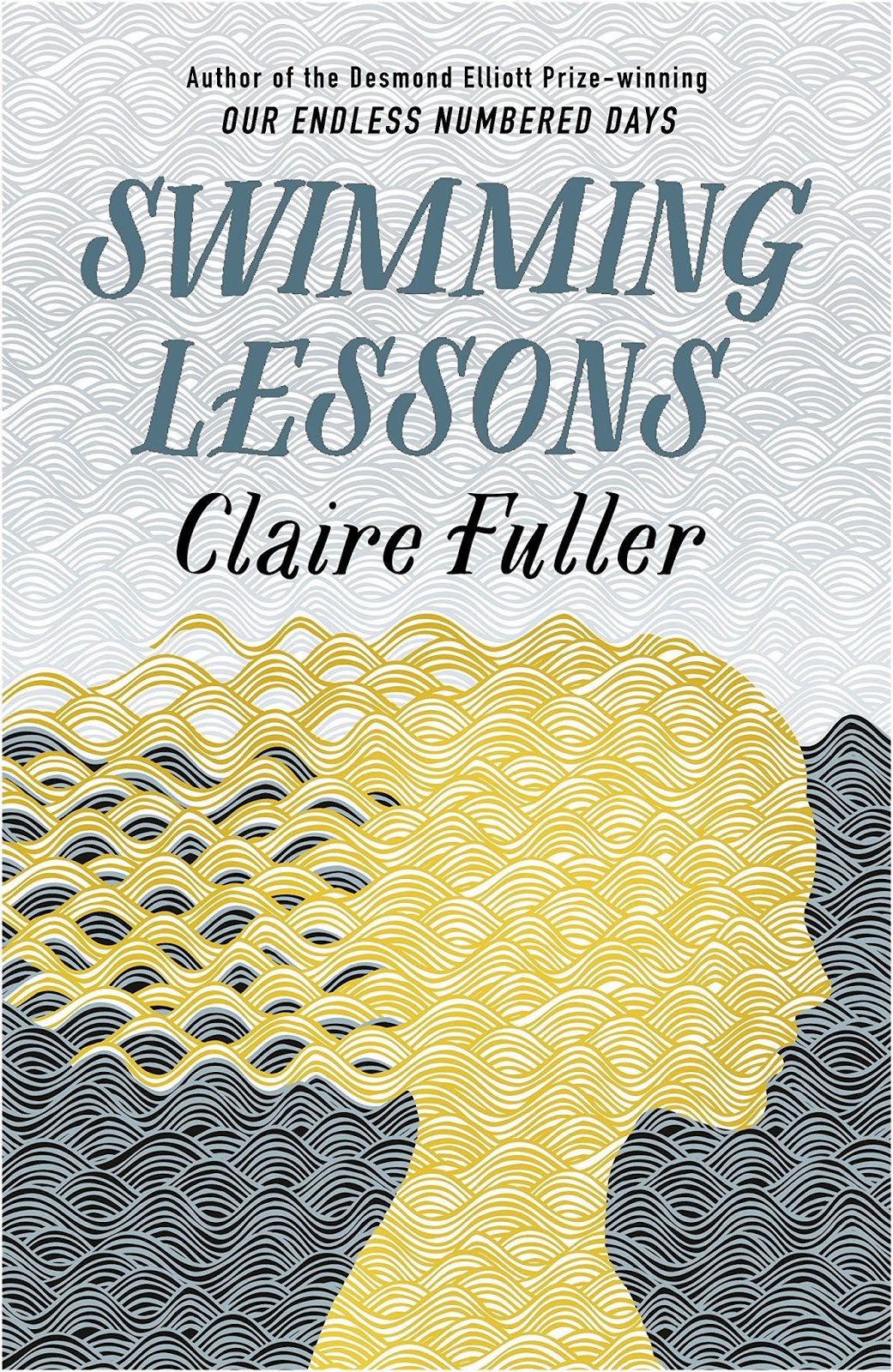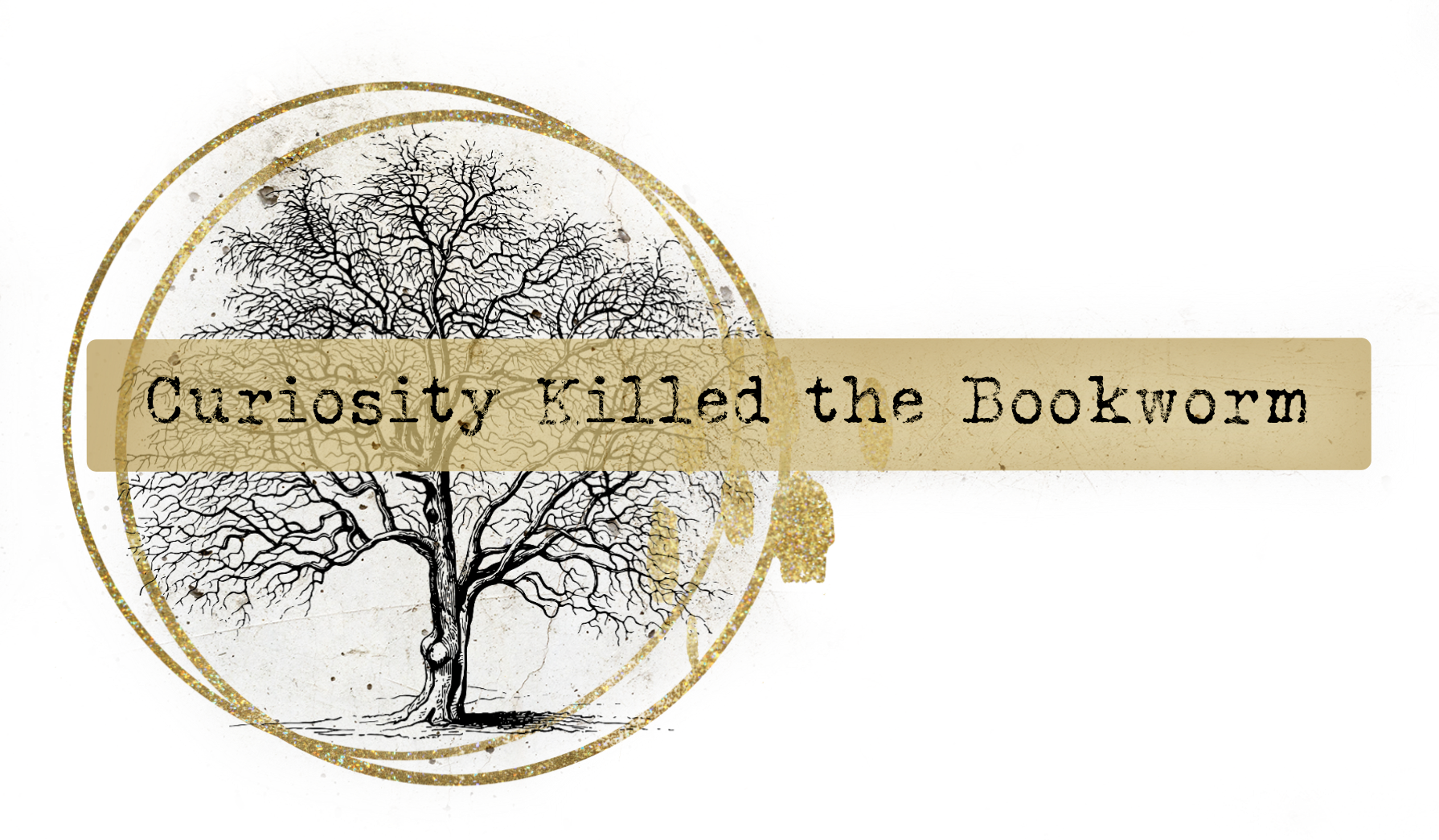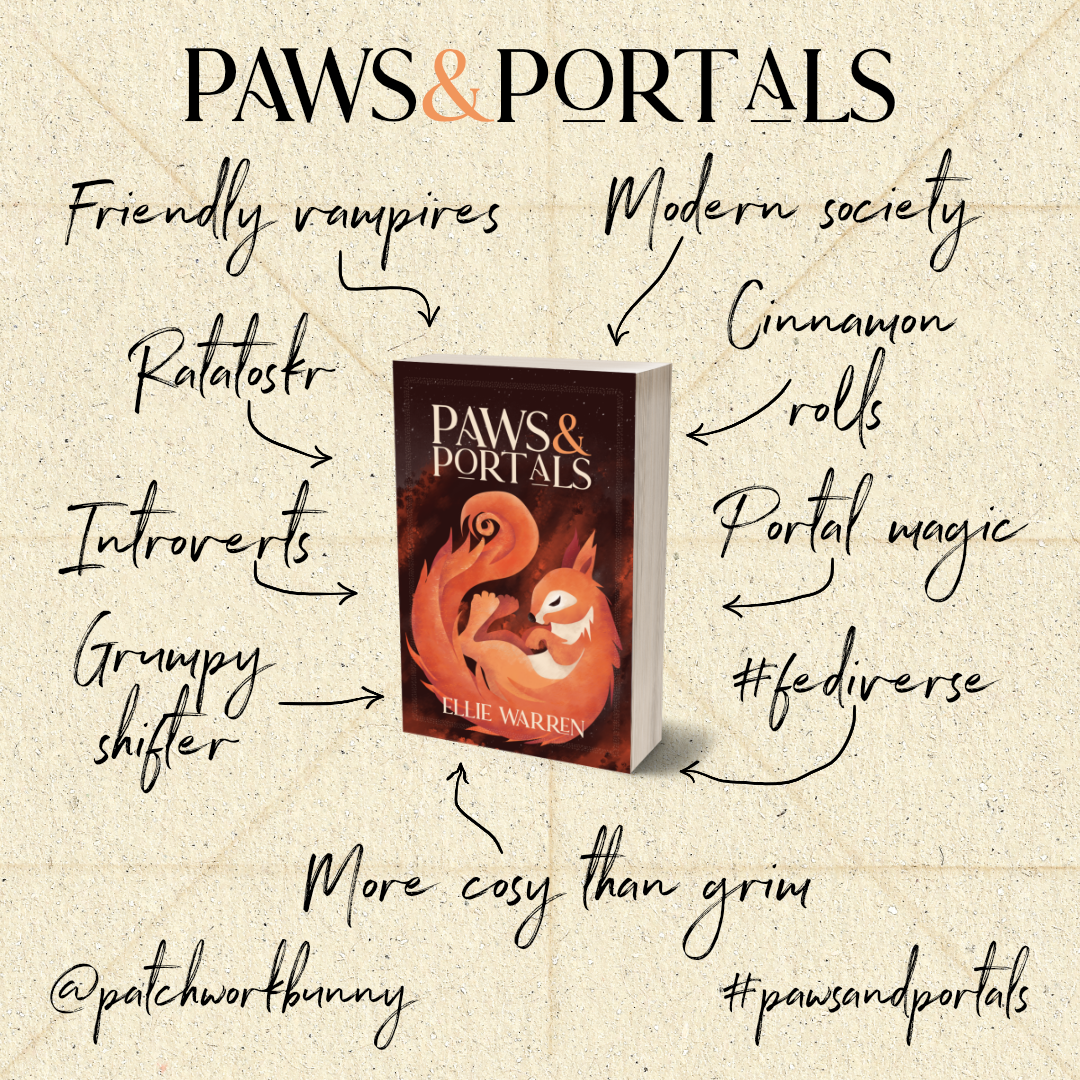
Ingrid writes letters to her husband, hiding them in his books instead of sending them. After finishing her final letter, she disappears leaving her two daughters behind. Everyone assumed she drowned, but Flora has never given up hope that her mother is still out there.
The fictional setting of Hadleigh is pretty much Studland, a village on the Dorset coast best known for its nudist beach and nature reserve. I liked being able to place landmarks and the scenes capture the scrubby coastline and sandy beaches. As the title suggests, swimming is an important part of the characters’ lives, something that connects Ingrid and Flora.
When Gil thinks he sees Ingrid and falls from the promenade, his daughters rally round. The eldest, Nan, fears for his health, whilst Flora’s sort of boyfriend is in tow. Interspersed throughout the present day events, Ingrid’s letters tell the story of an ill-fated marriage and the events leading up to the day she vanished.
It feels like one of those books for writers or for people who like stuff about writing. When Ingrid meets Gil, he is teaching her creative writing classes, yes that old trope. He is also an author, somewhat struggling in the past but it’s obvious he gained success at some point between the letters and the present. His writing comes across as more important than family. The romantic vision of a writer’s wife is soon demolished as Ingrid finds herself raising a daughter without any support from her husband, be that emotional or practical. They struggle for money for the sake of Gil’s need to write rather than go out and get work.
‘What’s that cliché? The one all creative-writing lecturers come out with at some point?’ You gave me half a smile. ‘Let them be, and you’ll find that after a while your characters will write their own story.’
The letters are presented in chronological order rather than them being discovered by the characters. Gil does read at least one but it isn’t clear if they are all found. Some of his behaviour would definitely suggest he had read enough to not want his children finding them. It does lead to a bit of a disconnect between the past and present, I would have liked there to be some sort of response to the content of the letters, an interaction of some sort.
Flora was an irritating character. I’m not sure what her age was, early twenties I think, but she was written like a naive, spoiled girl. She contantly calls Gil “Daddy” which I hate in a grown adult. Her inability to accept reality or acknowledge responsibility also makes her seem infantilised. Whilst the reader learns through the letters that her dad is far from perfect, she isn’t reading them and doesn’t have that character growth. Other characters have to bluntly tell her things.
Fiction is about readers. Without readers there is no point in books, and therefore they are as important as the author, perhaps more important. But often the only way to see what a reader thought, how they lived when they were reading, is to examine what they left behind.
I do like Claire Fuller’s writing but I just don’t particularly like reading about unhappy marriages, especially where the woman is the one to make all the compromises. As a young mother in the seventies, Ingrid becomes invisible and is actively discriminated against. Her children were never planned, instead her husband refused to use contraception and it infuriated me that she just left their family up to chance. I am not surprised she does not take to motherhood when her choices were taken away from her so often.
The ending is ambiguous. At the time of her disappearance, Ingrid’s family were dismissive of it as an accident as she was such a good swimmer. Reading it, I assumed it was either a suicide or she’d faked her death, and I never felt that pull that I must read on to find out. Which is good, because nothing is obvious and I wasn’t fond of the epilogue. Overall I liked it but nowhere near as strong as her debut, Our Endless Numbered Days.
POPSUGAR Reading Challenge: 20. A book by a local author
Goodreads | Amazon | Waterstones | Hive | Wordery
Book Source: Purchased






